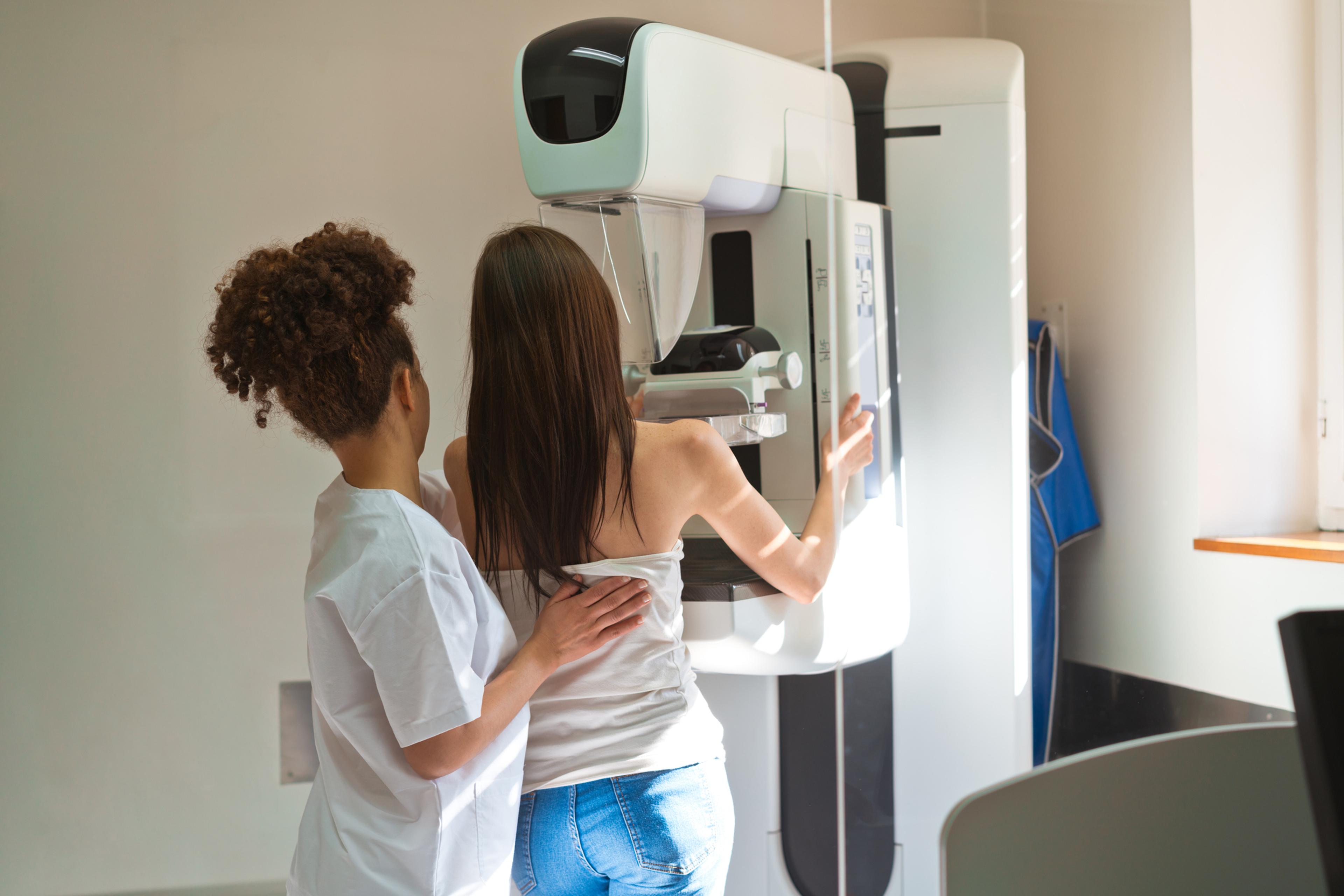What to Know About Male Breast Cancer
Jake Newby
| 4 min read

Approximately 1 out of every 100 breast cancers diagnosed in the United States is found in a man, according to the Centers for Disease Control and Prevention (CDC). Even though the disease is extremely rare for men relative to women, men have breast tissue and are susceptible to developing breast cancer.
Disparities exist because of the general lack of research conducted on male breast cancer compared to women. A 2019 study from Vanderbilt University researchers based on mortality data from 1.8 million women and 16,025 men who had breast cancer found male breast cancer patients have a 19% higher mortality rate than women.
Another study, published in the Journal of the National Cancer Institute in 2023, concluded that survival rates for male breast cancer have not improved significant in the last 30 years the way survival rates for women have. Statistics like these show that men should take the condition seriously and become aware of symptoms, risk factors and ways to reduce their risk of developing breast cancer.
What are the first signs of male breast cancer?
Even when a man sees his primary care physician (PCP)with complaints of chest pain, it’s unusual for the doctor or the patient to expect breast cancer, so it often goes undiagnosed until it is more advanced. Men who experience these symptoms should discuss the possibility of breast cancer with their PCP:
- A painless lump or swelling in the breast/skin on the chest
- Redness or flaky skin in the breast
- Irritation, dimpling, puckering or scaling of the skin covering the chest
- Bleeding or discharge from the nipple
- Pulling in of the nipple or pain in the nipple area
According to the CDC, these symptoms can happen concurrently with other non-cancerous conditions.
What are risk factors for male breast cancer?
Several factors may increase a man's chance of developing breast cancer. These include:
- Aging: Breast cancer risk increases with age. Men are most often diagnosed between age 60 and 70, according to the National Breast Cancer Foundation.
- Genetic mutations: Inherited mutations in certain genes – such as BRCA1 and BRCA2 – increase breast cancer risk, per the CDC.
- Family history of breast cancer: A man's risk for breast cancer is greater if a close blood relative has had the disease.
- Radiation exposure: Men who have had radiation therapy on their chest are at a heightened risk for breast cancer.
- Hormone therapy treatment: Drugs containing estrogen (a hormone that helps develop and maintain female sex characteristics), which were used to treat prostate cancer in the past, increase men's breast cancer risk.
- Klinefelter syndrome: This rare genetic condition occurs when a male has an extra X chromosome. Klinefelter can cause the body to produce higher levels of estrogen and lower levels of androgens, which are hormones that help develop and maintain male sex characteristics.
- Liver disease: Cirrhosis (scarring) of the liver can lower androgen levels and raise estrogen levels in men, according to the CDC, increasing the risk of breast cancer.
- Overweight and obesity: Studies have found that older men who are overweight or have obesity have a higher risk of getting breast cancer than men at a healthy weight.
How men can reduce their breast cancer risk
If you have family members with a history of breast or ovarian cancer or family with genetic mutations, you should share this information with your PCP, who may refer you for genetic counseling to determine if genetic testing is right for you. If it is and testing reveals a BRCA1 or BRCA2 gene mutation, your PCP will explain next steps as far as finding the cancer and treating it.
Additionally, focusing on a healthy lifestyle that includes a well-balanced diet, at least eight hours of sleep per night and at least 150 minutes of moderate-intensity physical activity per week while avoiding smoking and limiting alcohol can lower your risk of cancer.
Treatment for male breast cancer
Treatment for breast cancer in men is similar to treatment in women, according to the Breast Cancer Research Foundation, and typically includes hormonal therapy drugs like Tamoxifen, surgery, radiation therapy, hormone therapy, targeted therapy and chemotherapy. Treatment depends on how big the tumor is and how much it has spread.
As with all cancers, early detection is key to more effective and less invasive treatment. If you experience any of the symptoms listed above, you should see your PCP right away.
Keep reading:
- ‘I’m Growing Back:’ Brownstown Breast Cancer Survivor’s Love of Gardening Helped Her Through Treatment
- Understanding the Different Types of Breast Cancer
- 5 Questions I’d Never Leave My Annual Preventive Visit Without Asking
Photo credit: Getty Images





